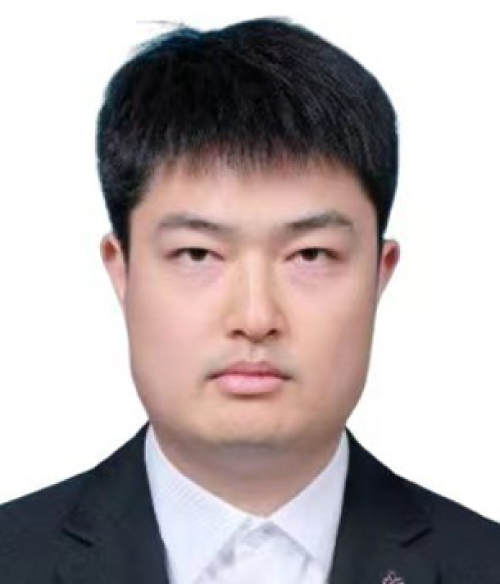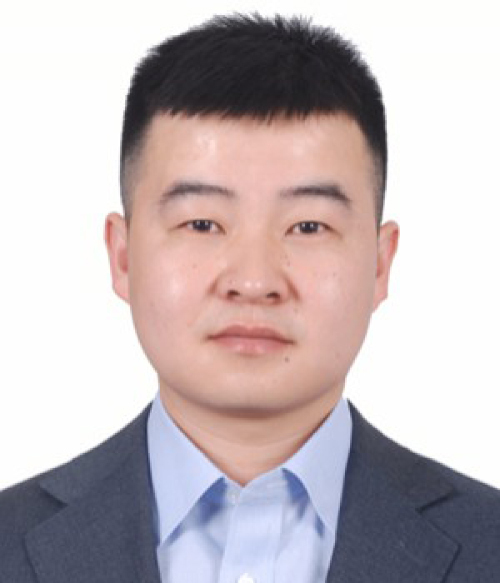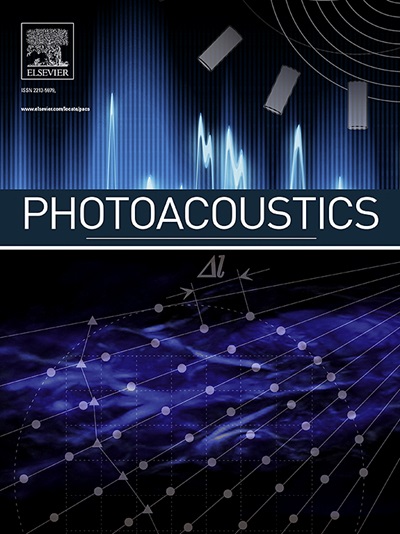Multi-gas photoacoustic sensor using multi-mode demodulation
IF 6.8
1区 医学
Q1 ENGINEERING, BIOMEDICAL
引用次数: 0
Abstract
Modulation technology is the necessary means for generating periodic acoustic waves in photoacoustic gas detection, primarily including intensity modulation and wavelength modulation. In multi-gas detection, when multiple lasers employ the same modulation technique, current technologies include time-division multiplexing (TDM) for measurements at different times and frequency-division multiplexing (FDM) for simultaneous measurements; when multiple lasers employ different modulation techniques, the only available technology is TDM with measurements conducted at different times, and whether simultaneous measurement can be achieved has not yet been verified. We propose, for the first time, a multi-gas photoacoustic sensor using multi-mode demodulation. This sensor employs multi-mode frequency division multiplexing (MMFDM) technology to separate and demodulate the multi-mode photoacoustic signal, thereby enabling the simultaneous measurement of multiple gases under different modulation techniques. To demonstrate the feasibility of this method, we used SO and HF, the SF decomposition products in gas-insulated switchgear (GIS), as target gases and simultaneously detected their mixture using different modulation modes. Experimental results show that when the frequency difference is 10 Hz, multi-mode photoacoustic signal can be successfully separated, with the minimum detection limits for SO and HF reaching 117.9 ppb and 65.5 ppb, respectively. This study is the first to validate the separability of multi-mode photoacoustic signal and achieve multi-gas simultaneous measurement under multi-mode modulation, thereby eliminating the limitations of modulation mode in simultaneous photoacoustic multi-gas detection.



采用多模解调的多气体光声传感器。
调制技术是光声气体探测中产生周期声波的必要手段,主要包括强度调制和波长调制。在多气体检测中,当多个激光器采用相同的调制技术时,当前的技术包括用于不同时间测量的时分多路复用(TDM)和用于同时测量的频分多路复用(FDM);当多个激光器采用不同的调制技术时,唯一可用的技术是在不同时间进行测量的时分复用技术,并且是否可以实现同时测量尚未得到验证。我们首次提出了一种采用多模解调的多气体光声传感器。该传感器采用多模频分复用(MMFDM)技术对多模光声信号进行分离和解调,从而可以在不同调制技术下同时测量多种气体。为了证明该方法的可行性,我们以气体绝缘开关设备(GIS)中SF - 6分解产物so2和HF作为目标气体,并使用不同的调制模式同时检测它们的混合物。实验结果表明,当频率差为10 Hz时,可以成功分离多模光声信号,对so2和HF的最小检测限分别达到117.9 ppb和65.5 ppb。本研究首次验证了多模光声信号的可分离性,实现了多模调制下的多气体同时测量,从而消除了光声多气体同时检测中调制方式的局限性。
本文章由计算机程序翻译,如有差异,请以英文原文为准。
求助全文
约1分钟内获得全文
求助全文
来源期刊

Photoacoustics
Physics and Astronomy-Atomic and Molecular Physics, and Optics
CiteScore
11.40
自引率
16.50%
发文量
96
审稿时长
53 days
期刊介绍:
The open access Photoacoustics journal (PACS) aims to publish original research and review contributions in the field of photoacoustics-optoacoustics-thermoacoustics. This field utilizes acoustical and ultrasonic phenomena excited by electromagnetic radiation for the detection, visualization, and characterization of various materials and biological tissues, including living organisms.
Recent advancements in laser technologies, ultrasound detection approaches, inverse theory, and fast reconstruction algorithms have greatly supported the rapid progress in this field. The unique contrast provided by molecular absorption in photoacoustic-optoacoustic-thermoacoustic methods has allowed for addressing unmet biological and medical needs such as pre-clinical research, clinical imaging of vasculature, tissue and disease physiology, drug efficacy, surgery guidance, and therapy monitoring.
Applications of this field encompass a wide range of medical imaging and sensing applications, including cancer, vascular diseases, brain neurophysiology, ophthalmology, and diabetes. Moreover, photoacoustics-optoacoustics-thermoacoustics is a multidisciplinary field, with contributions from chemistry and nanotechnology, where novel materials such as biodegradable nanoparticles, organic dyes, targeted agents, theranostic probes, and genetically expressed markers are being actively developed.
These advanced materials have significantly improved the signal-to-noise ratio and tissue contrast in photoacoustic methods.
 求助内容:
求助内容: 应助结果提醒方式:
应助结果提醒方式:


